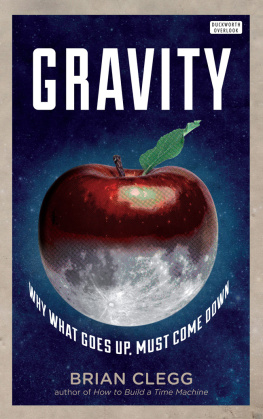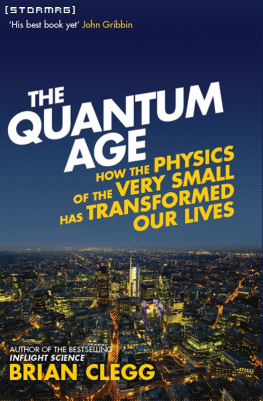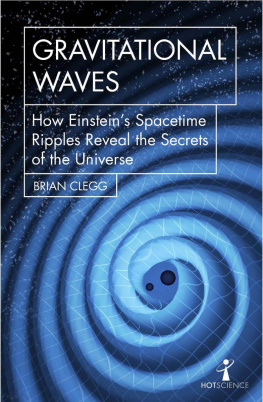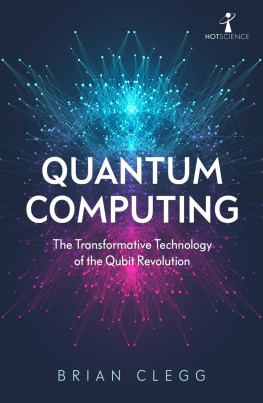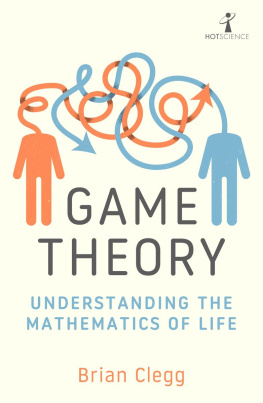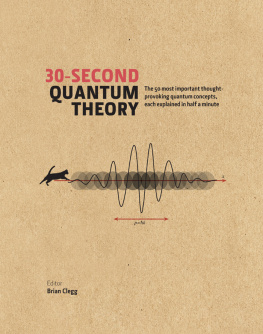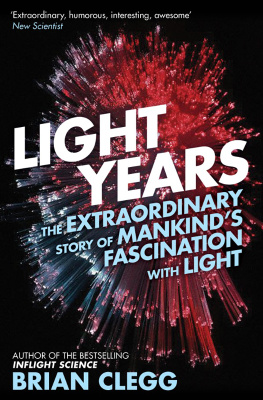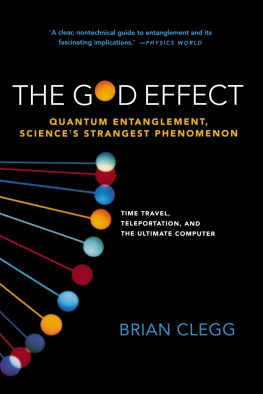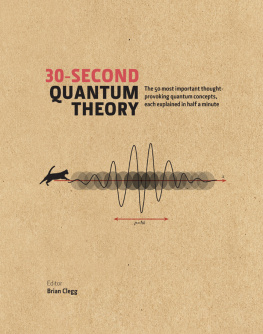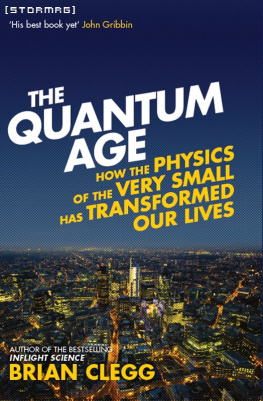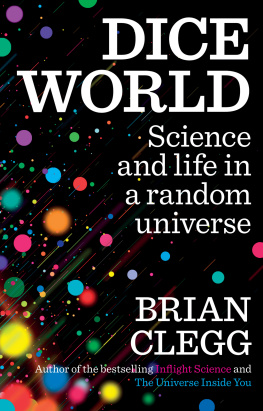Clegg - Quantum Theory: a Crash Course
Here you can read online Clegg - Quantum Theory: a Crash Course full text of the book (entire story) in english for free. Download pdf and epub, get meaning, cover and reviews about this ebook. City: Brighton, year: 2019, publisher: Ivy Press, The, genre: Non-fiction. Description of the work, (preface) as well as reviews are available. Best literature library LitArk.com created for fans of good reading and offers a wide selection of genres:
Romance novel
Science fiction
Adventure
Detective
Science
History
Home and family
Prose
Art
Politics
Computer
Non-fiction
Religion
Business
Children
Humor
Choose a favorite category and find really read worthwhile books. Enjoy immersion in the world of imagination, feel the emotions of the characters or learn something new for yourself, make an fascinating discovery.

- Book:Quantum Theory: a Crash Course
- Author:
- Publisher:Ivy Press, The
- Genre:
- Year:2019
- City:Brighton
- Rating:3 / 5
- Favourites:Add to favourites
- Your mark:
- 60
- 1
- 2
- 3
- 4
- 5
Quantum Theory: a Crash Course: summary, description and annotation
We offer to read an annotation, description, summary or preface (depends on what the author of the book "Quantum Theory: a Crash Course" wrote himself). If you haven't found the necessary information about the book — write in the comments, we will try to find it.
Clegg: author's other books
Who wrote Quantum Theory: a Crash Course? Find out the surname, the name of the author of the book and a list of all author's works by series.
Quantum Theory: a Crash Course — read online for free the complete book (whole text) full work
Below is the text of the book, divided by pages. System saving the place of the last page read, allows you to conveniently read the book "Quantum Theory: a Crash Course" online for free, without having to search again every time where you left off. Put a bookmark, and you can go to the page where you finished reading at any time.
Font size:
Interval:
Bookmark:
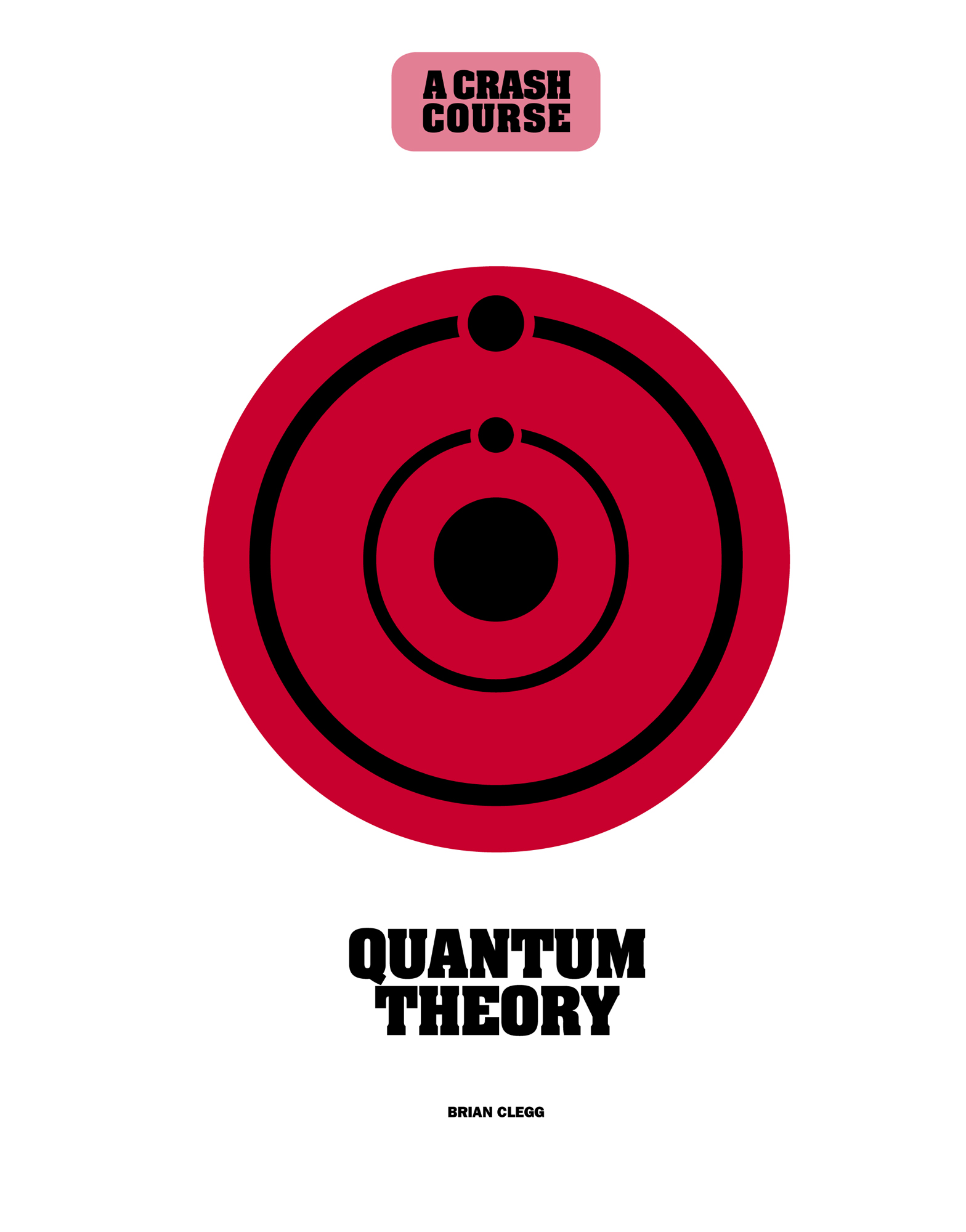
A CRASH COURSE

BRIAN CLEGG
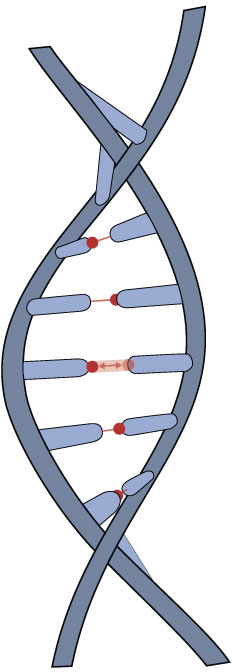

Quantum physics is often regarded as obscure and weird. While it can certainly be counterintuitive, the reputation for obscurity is misplaced. Quantum theory explains the interactions of electrons, subatomic particles, and photons of light. As such, it provides a key foundation of our understanding of the world in general. Nearly everything we interact with is composed of these quantum particles. Whether we are thinking of matter, light, or phenomena such as electricity and magnetism, these tiny components are at work.
It might seem that we never experience quantum objects as separate entities, but quantum phenomena have a huge impact on our lives. It has been estimated that thirty-five percent of GDP in developed countries involves technologynotably electronics, but also materials science, medicine, and morethat could not be constructed without a knowledge of the theory behind the amazing quantum.
So, where does the apparent strangeness come from? That word quantum refers to something that comes in chunks rather than being continuous. And the result of applying this chunky approach to the natural world proved a shock to its discoverers. It turned out that quantum entities are very different from the objects that we can see and touch. Quantum particles do not behave like tiny tennis balls. Instead, left to their own devices, quantum particles cease to have distinct properties such as location and direction of spin. Instead, they exist solely as an array of probabilities until they interact with something else. Before that interaction takes place, all we can say about a quantum particle is that it has a certain probability of being here, another probability of being there, and so on.
This is very different from the familiar probability of the toss of a coin. When we toss a fair coin, there is a 50/50 chance of it being heads or tails. Fifty percent of the time that we look at the tossed coin, it will be heads, and fifty percent of the time, it will be tails. However, in reality, once the coin has been tossed, it has a specific value with one hundred percent certaintywe just do not know what that value is until we look. But in quantum theory, all that exists until we take a look at the quantum equivalent of a coin is the probabilities.
It is easy to regard quantum particles as strange. But we need to bear in mind that this is what nature is like. The only reason we think of such behavior as weird is that we are used to the way large-scale objects workand, in a sense, it is their behavior that is odd, because they do not seem like the ordinary quantum particles that make them up. The biggest struggle that quantum physicists have had over the years has not been with the science, but with finding an interpretation of what is happening that could form a bridge between everyday observations and events at the quantum level. Even today, there is no consensus among physicists on how quantum theory should be interpreted. Many simply accept that the math works well and get on with it, a philosophy known as shut up and calculate.
This lack of fixed values for properties of particles did not sit comfortably for some of the earliest scientists involved in quantum theory at the beginning of the twentieth century. Notably, both Max Planck, who came up with the basic concept that light could be quantized, and Albert Einstein, who showed that this quantization was real and not just a useful calculating tool, hated the intrusion of probability into what they felt should be the fixed and measurable reality of nature. Einstein was convinced for his entire career that beneath the apparent randomness and probability there was some structure, something that behaved like the ordinary physical world. Yet all the evidence is that he was wrong.
The younger players, starting with Niels Bohr, and people such as Erwin Schrdinger, Werner Heisenberg, Paul Dirac, and Max Born, quantified probability-driven quantum behavior during the 1920s. Their progress was remarkable. These were theoreticians who had little time for experiment. Their ideas could be described as inspired guesswork. And yet the mathematics they developed matched what was later observed in experiments with impressive accuracy.


From the 1930s to the present day, there were a whole string of technological advancements in electronics, the development of the laser, the increasing employment of superconductivity, and more, each of which made direct use of the supposedly weird behavior of quantum particles. It is hard to deny something exists when you build it into gadgets found in every home. And the trigger for quantum physics to move from obscurity to center stage would be World War II.
Many of the key players in the second and third generation of quantum physicists, from Niels Bohr to Richard Feynman, played a significant role in World War II. Their involvement primarily revolved around nuclear fission. In 1938, German physicist Otto Hahn and Austrian physicist Lise Meitner demonstrated radioactive decay, a quantum process, subject to the same influence of probability as other behaviors of quantum particles. In itself, nuclear fission was interesting, but the importance of the process became clear when combined with the idea of the chain reaction. It could either run as a controlled reaction, generating heat, or given its head, it could run away with itself in an ever-increasing cascade, producing a nuclear explosion.
As the world headed unsteadily toward all-out war, there was a fear that Germanywith Denmark and Austria key centers for quantum physicswould produce a nuclear weapon, giving it a terrifying military advantage. In response to this threat, one of the first of the familiar names in the quantum theory story to become involved was Albert Einstein. Einstein was a lifelong pacifist, and it had not occurred to him that the intersection of E = mc2 and nuclear decay could produce a devastating bomb. He was asked to sign letters to the US authoritiesand President Roosevelt was persuaded into action, setting up the Manhattan Project, which saw the United States produce and deploy the first atomic bombs in 1945.
Many key quantum physicists left continental Europe, either because they had a Jewish background or were horrified by the rise of the Nazis. Schrdinger went to Ireland and Born to Scotland. Meitner, who had moved to Stockholm, was invited to join the Manhattan Project, but wanted nothing to do with the bomb. Meanwhile, a young Feynman was drafted into the project. Bohr helped refugee scientists from Germany find new academic homes. He remained in occupied Denmark, but refused to be involved with the German nuclear program. It was in Copenhagen that he was visited by the most controversial of his colleagues, Heisenberg, who led the German project. Exactly what happened in the meeting has never been clearbut it seems likely that Heisenberg hoped to get help from Bohr. Bohr escaped to Sweden in 1943 when it seemed likely he would be arrested. He was a regular presence at Los Alamos where the US bomb was developed, providing consultancy.
Font size:
Interval:
Bookmark:
Similar books «Quantum Theory: a Crash Course»
Look at similar books to Quantum Theory: a Crash Course. We have selected literature similar in name and meaning in the hope of providing readers with more options to find new, interesting, not yet read works.
Discussion, reviews of the book Quantum Theory: a Crash Course and just readers' own opinions. Leave your comments, write what you think about the work, its meaning or the main characters. Specify what exactly you liked and what you didn't like, and why you think so.




